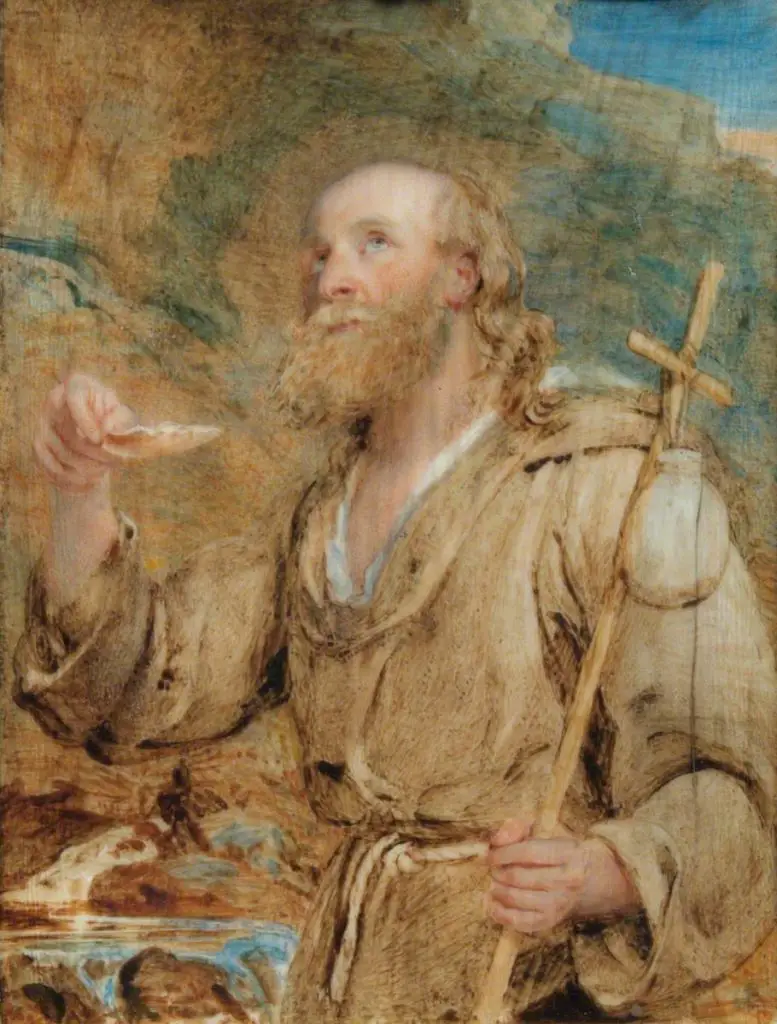Early life
Sir William Charles Ross (3 June 1794 – 20 Jan 1860), was born to William Ross and Maria Smith, and like his parents grew up to be an English portrait and portrait miniature painter. Ross was born in London in a Scottish family.
Sir William Charles Ross’s Achievements
At an early age, Ross showed great interest in art and in 1807, he received the “lesser silver palette” for a copy of “Death of Wat Tyler” from the Society of Arts. In 1808, at the age of 13, he was admitted to the Royal Academy. Soon enough he was awarded a silver medal for an original drawing of the “Judgement of Solomon” and in 1809, he was awarded the “larger silver palette” for an original miniature of “Venus and Cupid”. In the following year, in 1810, he received another silver medal for a drawing from life. Afterwards, for the next few years, his work remained classically aligned. And then in 1825, he sent the “Christ casting out Devils” picture to the Royal Academy.
In 1814, at the age of 20, he became an assistant to Andrew Robertson, the eminent Scottish miniature painter. He soon became one of the respected painters and acquired a sizeable elite clientele. In 1837, Charles painted both Queen Victoria and the Duchess of Kent. He was later appointed as the Miniature Painter to the Queen and produced over 50 miniatures for the Queen and Prince Albert between 1836 and 1860. In the succeeding years, Ross painted many more members of the royalty not only from England but other European countries such as France, Belgium, Portugal and Saxe-Coburg too.
In his lifetime, Sir William is known to have produced more than 2200 miniatures, and of which, 300 were exhibited at the Royal Academy. His works were exhibited at the Royal Academy, for almost half a century, between 1809 and 1859.
The year 1838 saw him getting elected as an associate at the Royal Academy and in 1843, he had climbed his way up to become a royal academician. He was knighted in 1842 and the Westminster Hall competition of 1843 saw him paint a historical composition and he sent a cartoon of “The Angel Raphael discoursing with Adam”.
Death
He continued to enjoy his position as an esteemed painter as a miniature painter until 1857 when he was struck down by paralysis. This unfortunate incident occurred when he was engaged in the portraits of the Duke and Duchess of Aumale and their 2 sons.
He never fully recovered from it, and died unmarried at his home at 38 Fitzroy Square, London, on 20 January 1860. He was buried in Highgate cemetery.
Notable Works of Sir William Charles Ross
Some of his famous artworks are – The Honorable Susan Cavendish (The Museum of Fine Arts, Houston), Caroline Holland (The Museum of Fine Arts, Houston), Thomas Erskine 1st Baron Erskine, The Princess Marguerite Daughter of the Duc de Nemours, The Pilgrim, Frederick Webb.
The Honorable Susan Cavendish
It was painted in the year 1844. Its dimensions are 11.1 * 9.4 cm. It was painted on Ivory using watercolours.
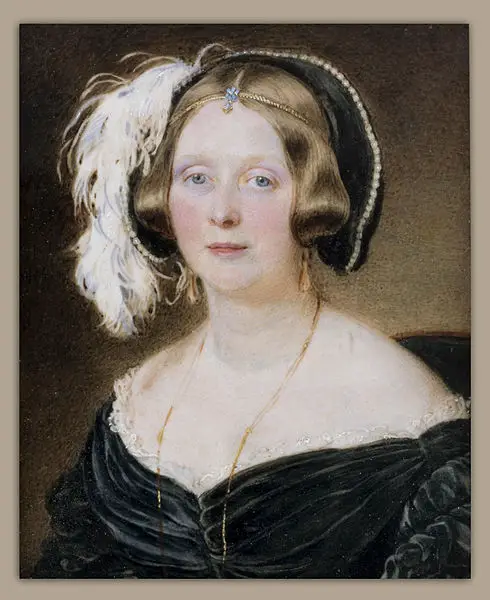
Caroline Holland
It was painted in the year 1840. Its dimensions are 10.2 * 8.6 cm. It was painted on Ivory, Gilt, Velvet, Silk and Glass using watercolours.
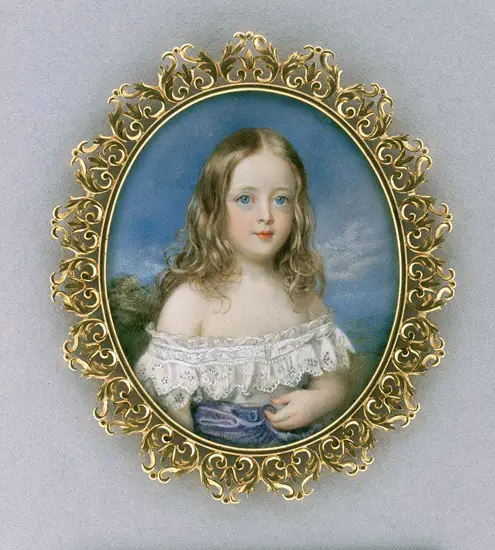
Thomas Erskine 1st Baron Erskine
It was painted in the year 1823. Its dimensions are 75.2 * 62.8 cm. It was painted on Canvas using oil.
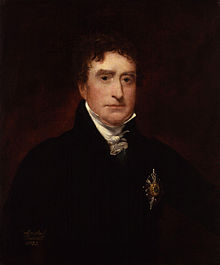
The Princess Marguerite Daughter of the Duc de Nemours
It was painted in the year 1848. Its dimensions are 8.6 * 6.9 cm. It was painted on Ivory using oil.
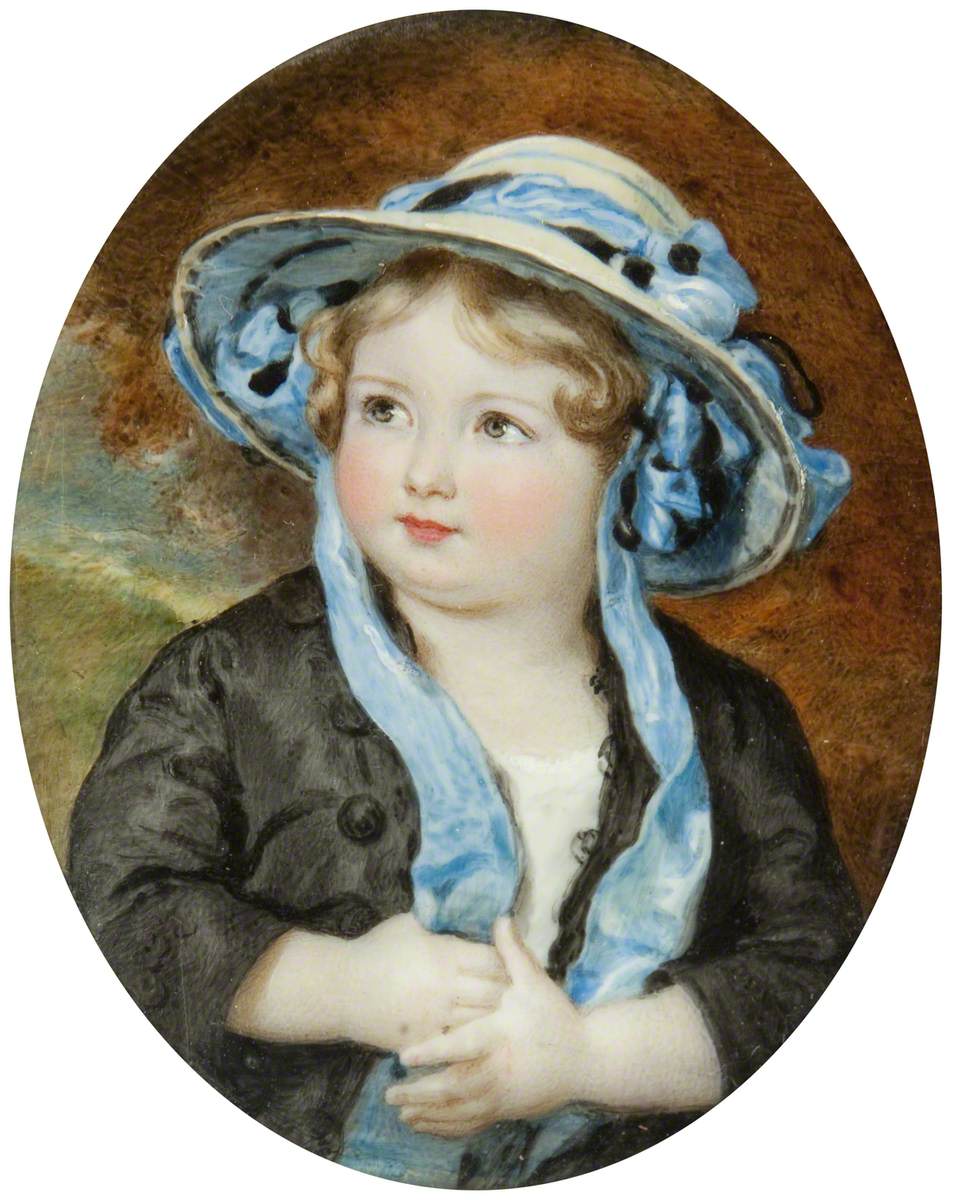
The Pilgrim
It was painted in the year 1843. Its dimensions are 16.5 * 12.1 cm. It was painted on Ivory using oil.
